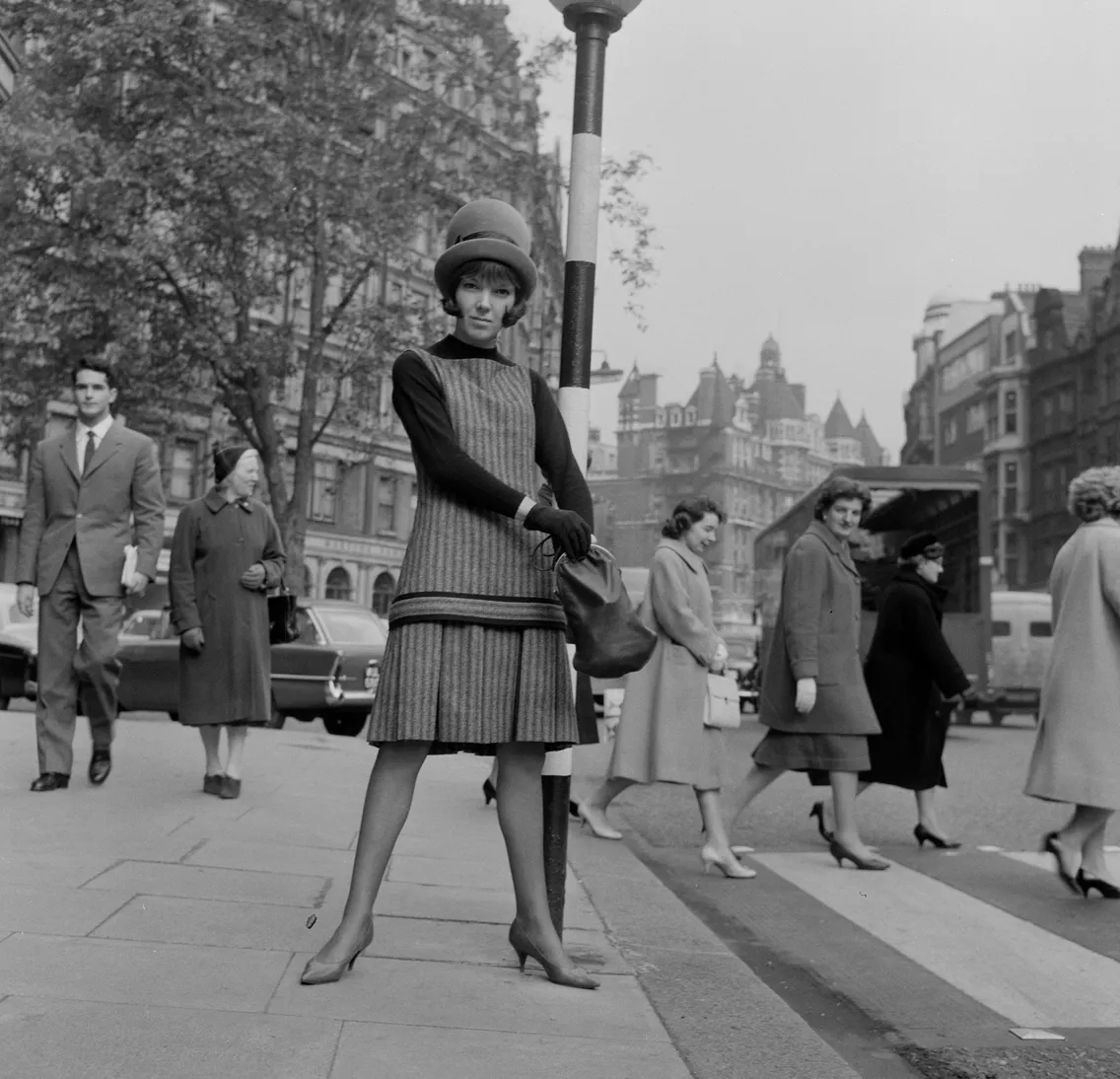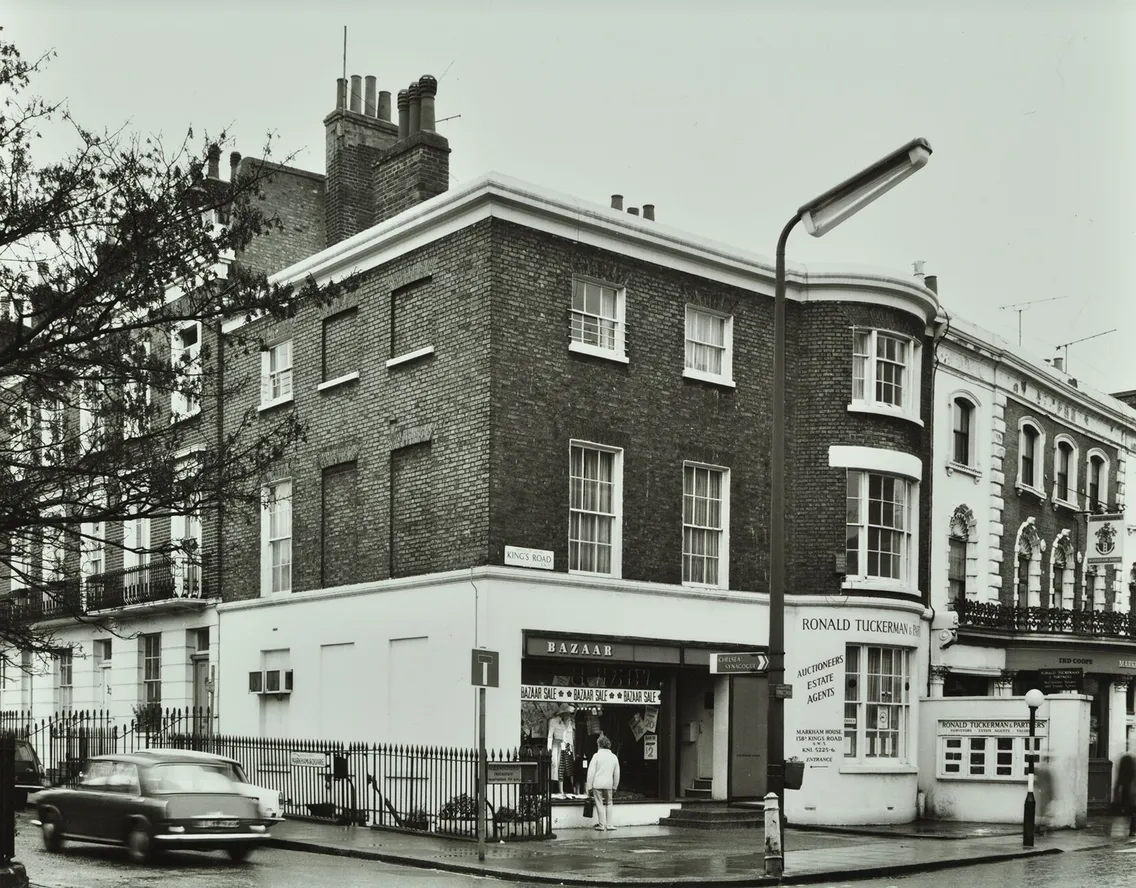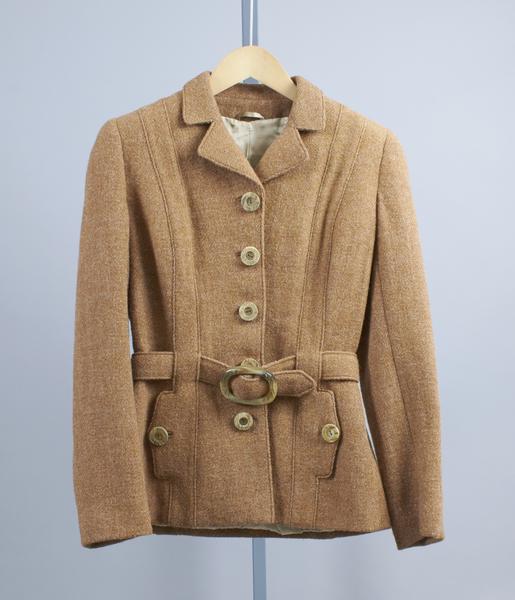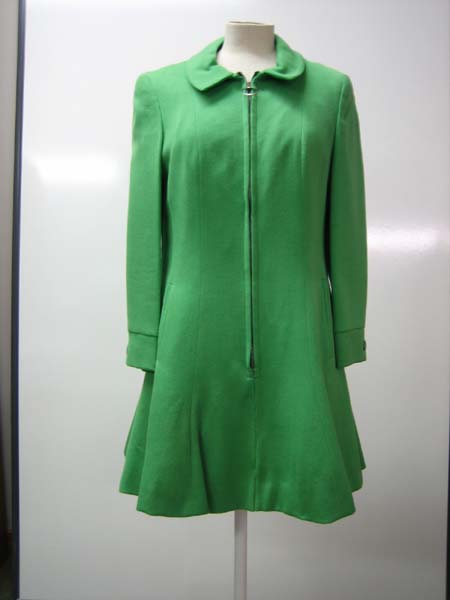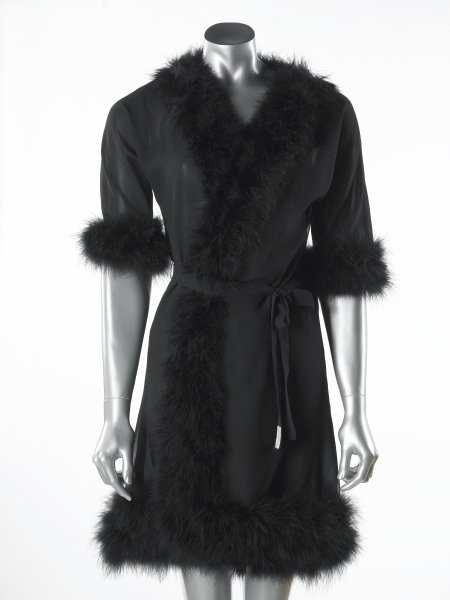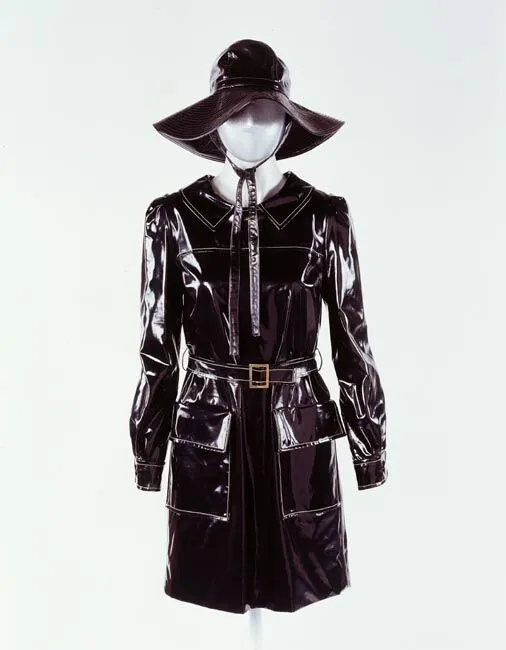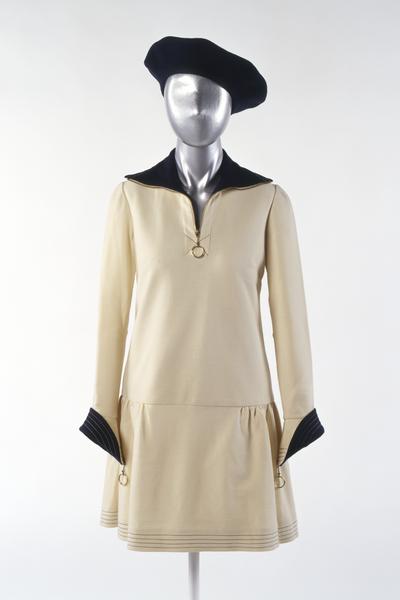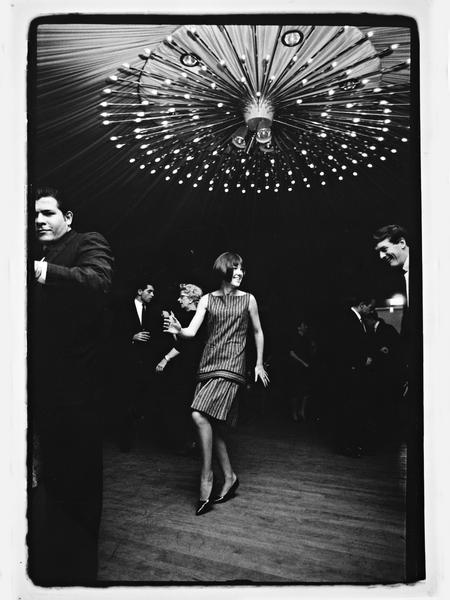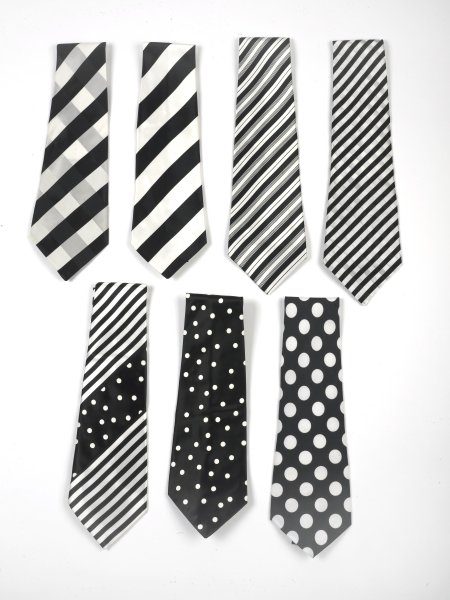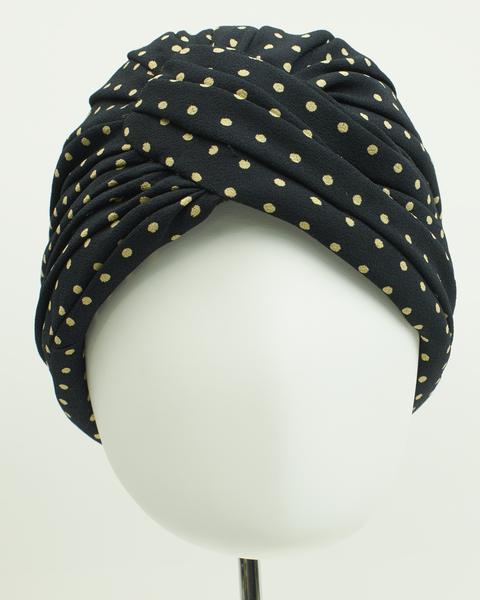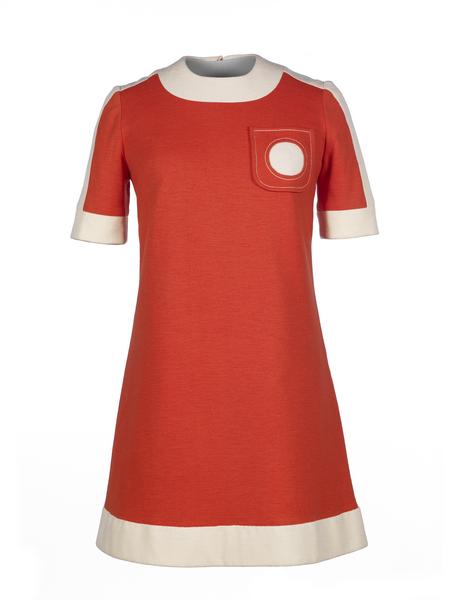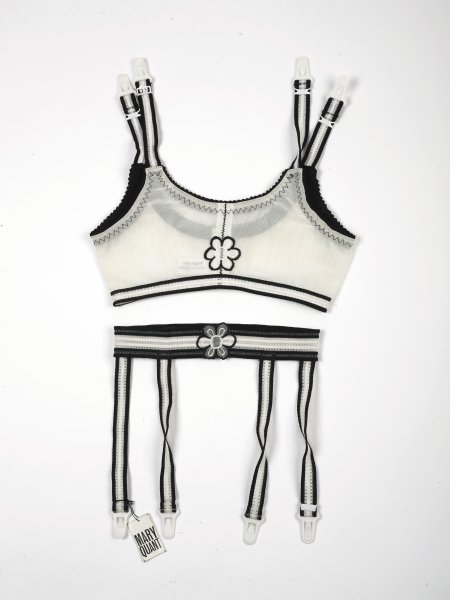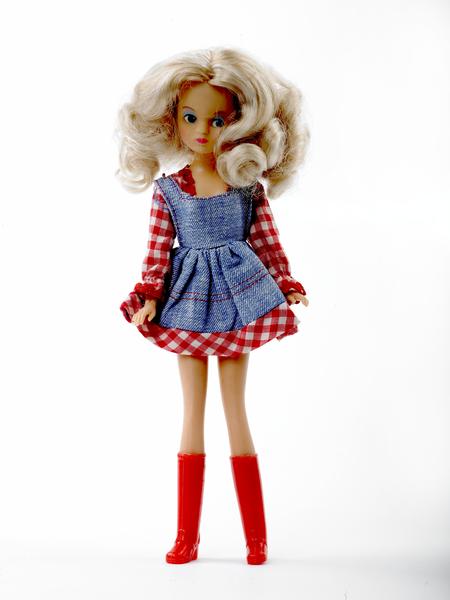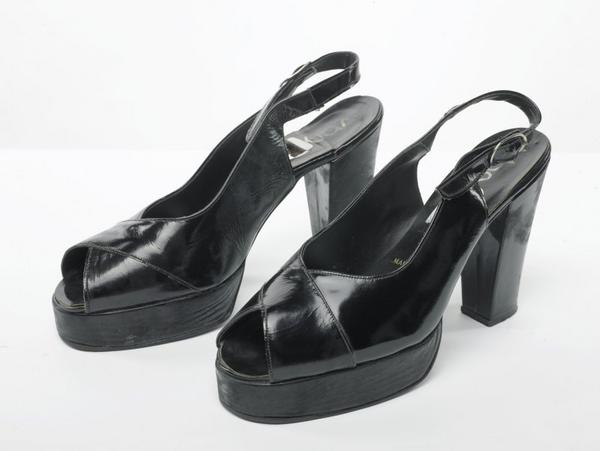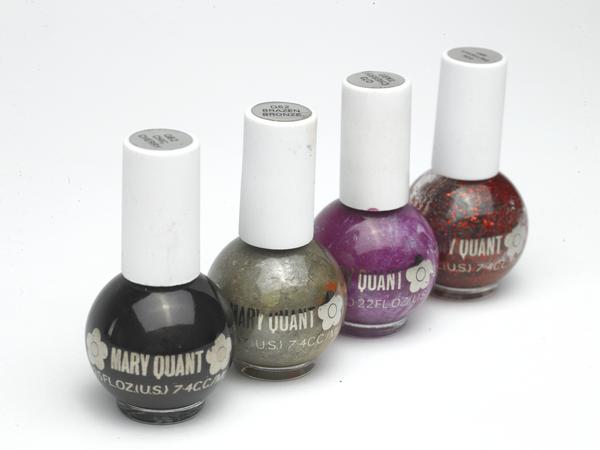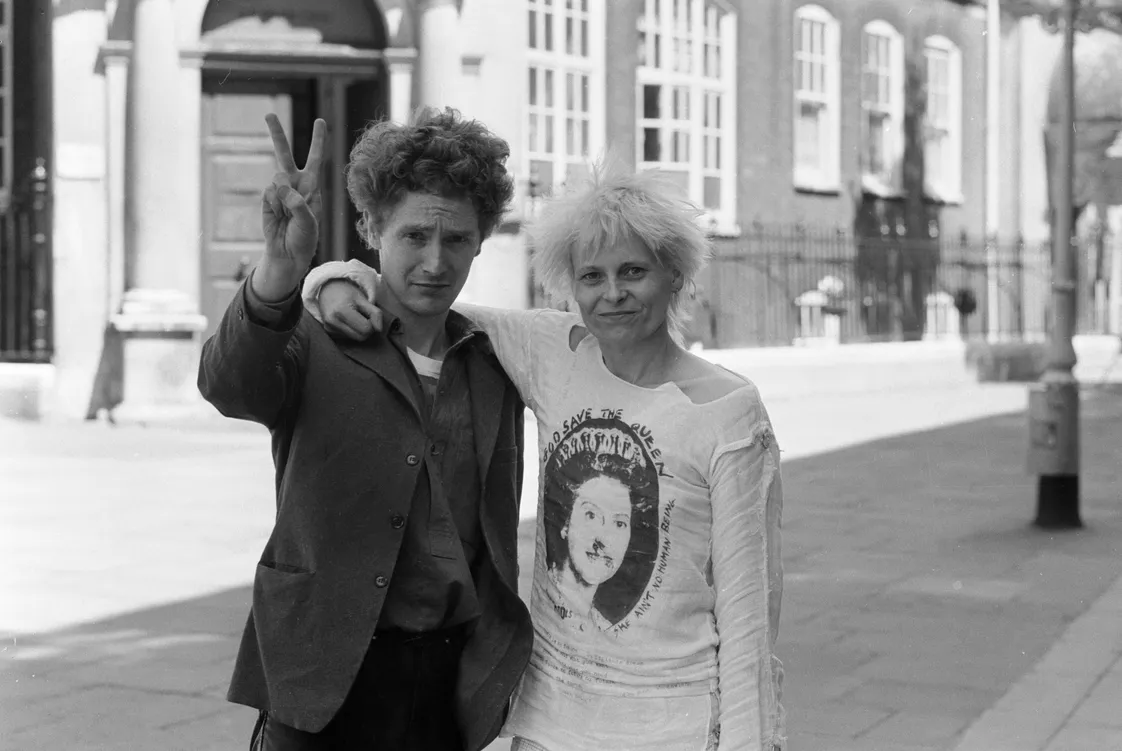How Mary Quant revolutionised 1960s fashion
Mini-skirts, hot pants, ‘wet-look’ rainwear: Mary Quant’s designs were at the forefront of the youth-driven cultural revolution of the 1960s.
Kensington & Chelsea
1930–2023
Fashion icon, retail innovator, short skirt pioneer
Blackheath-born fashion designer Mary Quant was at the beating heart of ‘Swinging London’, where music, fashion and counter-culture collided in the capital in the 60s.
Best known for the short silhouettes of her mini-skirts and dresses, her bold and brightly coloured clothes contributed to the revolution of how young people dressed. Think of models like Twiggy or Jean Shrimpton and you’ve probably got her designs in your mind’s eye.
The Bazaar boutique
Quant’s career kicked off with her boutique Bazaar. She opened the shop in 1955 with businessman Archie McNair and fellow Goldsmiths College of Art graduate (and future husband) Alexander Plunket-Greene. Located on the King’s Road in Chelsea, Bazaar reflected the quirk of her designs in its striking window displays, featuring mannequins set in unusual poses.
Inside, they sold clothes and accessories, focusing on smaller items like tights, scarves, sweaters and jewellery. Quant initially asked wholesalers to make up her own designs before she opened her own workrooms. They also ran a restaurant underneath the shop called Alexander’s.
It was an instant hit. Bazaar became a buzzing social hub as well as retail space for the fashionable ‘Chelsea Set’ of Swinging London. The second boutique opened in Knightsbridge only two years later.
The inventor of the mini-skirt?
Quant’s designs mirrored the growing freedom in young Londoners’ lives, symbolised most famously by the mini-skirt. Short hemlines controversially arrived on the fashion scene in the 1960s. They caused moral outrage in some sections of the public and the press. But Mary Quant was one of the look’s most well-known champions.
“No longer did young girls have to dress like their mothers”
While she didn’t invent the mini-skirt – French designer André Courreges was another advocate – she hiked up the hemlines of her creations further than other designers. Quant’s mini-skirts allowed their wearers to move, dance and run more freely than in traditional womenswear. No longer did young girls have to dress like their mothers.
Quant’s eye for fashion invention
Throughout the decade, Quant continued to design at fashion’s cutting edge. Her popular brightly coloured and patterned tights were an essential match for the mini-skirt. She was also the first designer to experiment with polyvinyl chloride (PVC) in her ‘wet-look’ rainwear, like this Christopher Robin raincoat (playfully named after the boy in the children's story Winnie the Pooh). And the short hemlines didn’t stop at the mini-skirt: Quant also helped popularise hot pants.
Her enduring influence
By the mid-60s, Quant was being described as the leading fashion force outside of Paris. She exported to the United States for sale in JC Penney department stores and created the Ginger Group to mass-produce and distribute her more affordable designs.
She later moved into makeup and household goods, which became her main focus throughout the 70s and 80s. In 2000, a Japanese company bought Mary Quant Limited, and Quant resigned as director.
Quant stood out because she had an eye for strong marketing, as well as an innovative approach to materials like PVC. And she embodied her own ideal customer: slim, with a short and angular Vidal Sassoon haircut, always on the move.
Browse through the Mary Quant objects in our collection and you’ll see how she was both a design and retail trailblazer.


